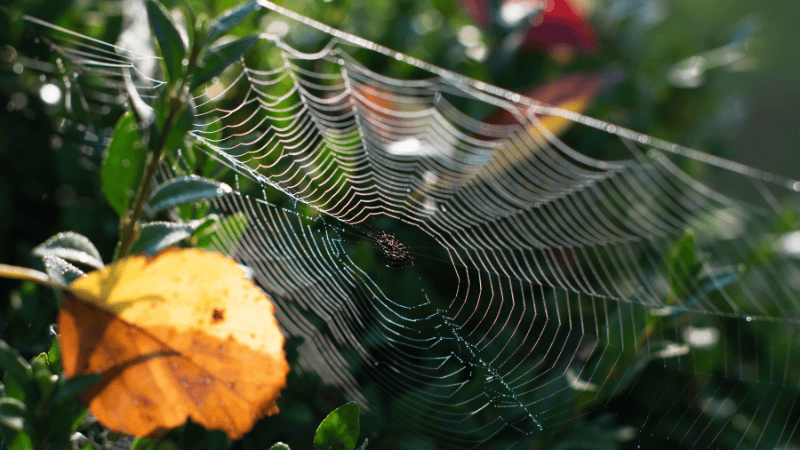Fruit Flies � Eliminate and Eradicate
One day your kitchen is beautifully clean and ready for company at a moment's notice. The next these annoying gnat-like creatures are flying around your kitchen sink area and seem to be everywhere! These little bothersome creatures are probably fruit flies. Fruit flies can be a problem year round, but are especially common during late summer/fall because they are attracted to ripened or fermenting fruits and vegetables.According to studies done at the University of Kentucky Entomology Department, tomatoes, melons, squash, grapes and other perishable items brought in from the garden are often the cause of an infestation developing indoors. Fruit flies are also attracted to rotting bananas, potatoes, onions and other unrefrigerated produce purchased at the grocery store. And yes, if you feel like they appeared out of nowhere and fast, it is possible since they reproduce very quickly and can become a problem in what seems like overnight. The reproductive potential of fruit flies is enormous; given the opportunity, they will lay about 500 eggs. The entire lifecycle from egg to adult can be completed in about a week. Given the fast reproductive cycle and your desire to be rid of these pests what can you do in the future to prevent fruit flies from making a home in your kitchen?
- Eliminated the Source of Attraction � No, this does not mean to stop eating fruits and veggies, but rather refrigerate or discard fruit and veggies that are past ripe. Cracked or damaged portions of fruits and vegetables should be cut away and discarded in the event that eggs or larvae are present in the wounded area. A single rotting potato or onion forgotten at the back of a closet, or fruit juice spillage under a refrigerator can breed thousands of fruit flies. So can a recycling bin stored in the basement which is never emptied or cleaned.
- Eradication � Pest-End Exterminators can locate and eradicate breeding areas that allowed these pests to reproduce. This includes garbage areas, drains, and garbage disposals. Unless the breeding sites are removed or cleaned, the problem will continue no matter how often insecticides are applied to control the adults.



